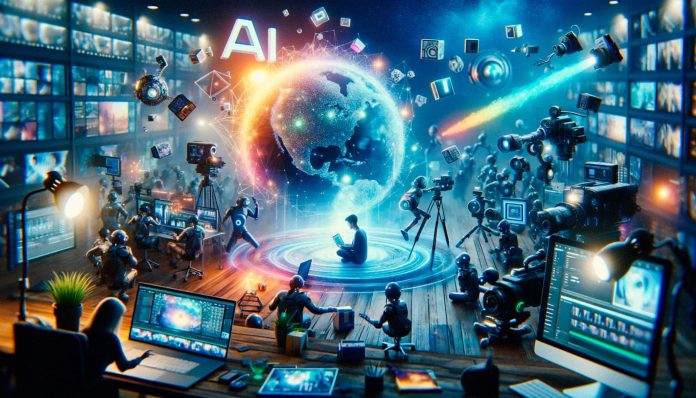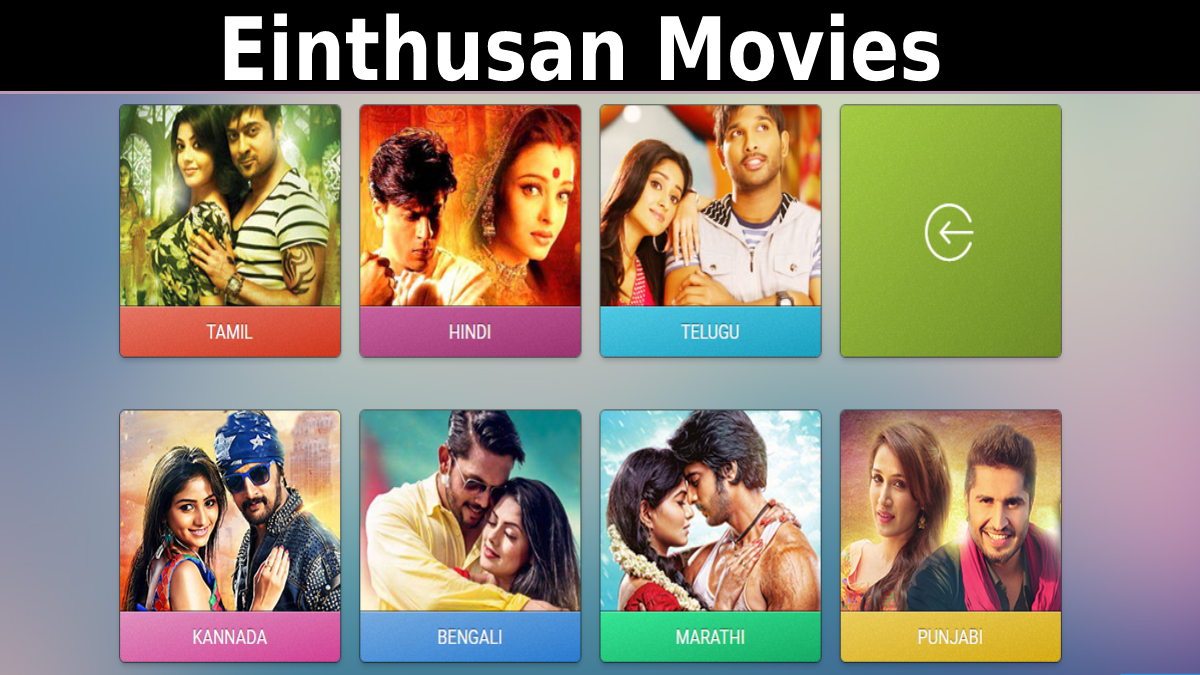Introduction
The way presentations are created and delivered is changing rapidly. AI-driven video content tools are making it easier to design, edit, and enhance presentations without requiring extensive technical skills. These tools help businesses, educators, and content creators engage their audiences more effectively.
The Rise of AI in Presentation Content
Artificial intelligence has streamlined content creation across various industries. AI-powered video tools provide automation, customization, and efficiency, making presentations more engaging and accessible. Businesses are increasingly adopting AI to create compelling video presentations, replacing traditional static slides.
Benefits of AI-Driven Video Content Tools
1. Time-Saving Automation
Manual content creation is time-consuming. AI tools automate scripting, voiceovers, and video editing, significantly reducing the effort required to produce high-quality presentations. Automated tools allow for faster production cycles, ensuring that businesses can create content on demand without delays.
2. Enhanced Visual Appeal
AI enhances video aesthetics by optimizing colours, transitions, and animations. This ensures a polished and professional look, making presentations more visually appealing. With AI-driven enhancements, even those with limited design skills can create high-quality visuals that captivate audiences.
3. Improved Audience Engagement
Dynamic video content retains audience attention better than static slides. AI-powered features like automated subtitles, voice modulation, and real-time translations make presentations more interactive and inclusive. By incorporating interactive elements, presenters can keep audiences engaged throughout the session.
4. Data-Driven Insights
AI tools provide analytics on viewer engagement, helping users refine content based on audience interaction. This data-driven approach ensures presentations are tailored for maximum impact. Real-time feedback helps presenters understand which aspects of their content resonate most with viewers.
Key Features of AI Video Tools for Presentations
1. Automated Video Generation
AI-driven platforms allow users to generate videos from text scripts, turning presentations into compelling visual narratives. This feature enables quick content creation without requiring advanced video editing skills.
2. Speech-to-Text and Text-to-Speech
These features enable automatic captions, voiceovers, and multilingual translations, making presentations more accessible to diverse audiences. AI-powered voice synthesis can generate natural-sounding narrations that enhance the delivery of key messages.
3. Smart Templates and Customization
AI tools offer pre-designed templates that adapt to different industries and presentation styles. Users can customize themes, fonts, and transitions effortlessly. Personalization features ensure brand consistency and make content more visually cohesive.
4. Real-Time Collaboration
Teams can work on presentations simultaneously, ensuring seamless collaboration and faster turnaround times. Cloud-based AI platforms enable remote teamwork, allowing multiple contributors to edit and refine content efficiently.
Comparison: Traditional vs. AI-Driven Presentation Tools
Traditional presentation tools rely on manual input, whereas AI-powered tools streamline and automate processes. AI-driven platforms reduce redundancy and enhance productivity by eliminating repetitive tasks.
Comparison: Traditional vs. AI-Driven Presentation Tools
| Feature | Traditional Tools | AI-Driven Tools |
| Efficiency and Speed | Require manual effort for slide creation, content formatting, and animations, often taking hours or even days. | Automate design, content generation, and animations, significantly reducing time spent on presentation creation. |
| Customization and Design | Offer templates and manual customization, requiring a good eye for design. | Use intelligent algorithms to generate aesthetically pleasing layouts, suggest relevant images, and enhance user experience effortlessly. |
| Content Generation and Enhancement | Depends on the user for content writing, requiring additional research and formatting. | Utilize natural language processing (NLP) to generate, summarize, and optimize text, making content creation more efficient. |
| Interactive Elements | Support basic animations and transitions, requiring manual setup. | Enable dynamic video integration, voiceovers, and AI-generated visuals for more engaging storytelling. |
| Accessibility and Collaboration | May require software installations and manual sharing, limiting accessibility. | Cloud-based and collaborative, allowing real-time editing, version tracking, and seamless sharing across teams. |
| Adaptability and Updates | Require manual updates to reflect changes in information or design trends. | Can auto-update content, adjust tone based on audience, and ensure relevance with minimal effort. |
| Cost and Scalability | Often require premium design expertise or outsourcing, adding to costs. | Reduce dependency on designers by automating processes, making them cost-effective for businesses of all sizes. |
| User Experience and Learning Curve | Require a learning curve for mastering design and formatting features. | Offer intuitive interfaces and guided automation, reducing the skill barrier for effective presentations. |
Use Cases of AI in Video Presentations
Educational Content
AI tools help educators create visually compelling lessons, improving student retention and comprehension. With AI-generated interactive elements, educators can create personalized learning experiences.
Sales and Marketing
Businesses leverage AI videos for sales pitches, product demos, and marketing campaigns, ensuring better audience engagement. AI-generated explainer videos help simplify product presentations and highlight key benefits effectively.
Overcoming Challenges in AI Video Content Creation
Despite the advantages, some users face challenges when adopting AI-powered video tools. These include:
- Learning Curve: Adapting to AI tools requires time and practice. New users may need training to leverage all features effectively.
- Cost Considerations: Advanced features often come with premium pricing. Businesses should evaluate ROI before investing in AI video tools.
- Creative Limitations: AI-generated content may lack a personal touch, requiring manual tweaks for personalization. Balancing automation with human creativity is key to producing authentic content.
Best Practices for Using AI Video Content Tools
- Define Clear Objectives: Before creating AI videos, outline key messages and goals. A well-structured script ensures clarity and coherence.
- Leverage AI Customization: Use smart templates and branding elements for consistency. This enhances brand recognition and visual identity.
- Ensure Accessibility: Utilize subtitles and voiceovers to make content more inclusive. Multi-language support expands audience reach.
- Monitor Engagement Metrics: Analyze data insights to refine and improve presentations. Performance tracking helps identify areas for enhancement.
Conclusion
AI-driven video content tools are revolutionizing presentations by offering efficiency, customization, and engagement. As AI continues to evolve, these tools will play an increasingly vital role in business communication, education, and marketing. Adopting AI in presentations ensures impactful storytelling and improved audience retention. By leveraging AI-powered automation, businesses and educators can create compelling, high-quality video presentations that leave a lasting impression.








